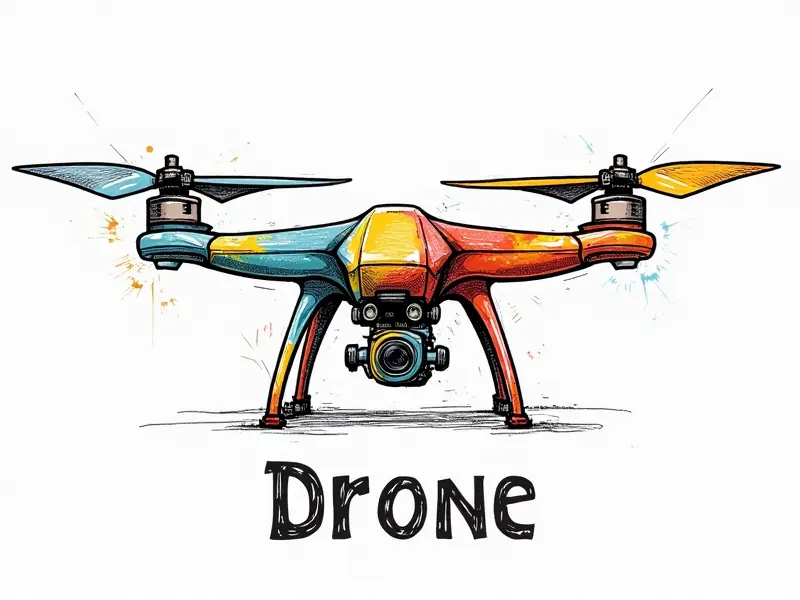Propeller compatibility check

How to Check Propeller Compatibility
Ensuring Propeller Fit for Your Drone
The process begins with identifying the specific model of your drone or quadcopter. Once you have this information, refer to the manufacturer's specifications for recommended propeller sizes and materials. This will help ensure a proper fit and optimal performance.
Quick Guide to Propeller Matching
- Determine Motor Specifications: Check the motor’s KV rating (Kilovolt) and power requirements.
- Select Appropriate Prop Size: Choose a propeller size that matches the motor's capabilities. Larger props are better for high-thrust applications, while smaller props offer higher RPMs.
- Verify Physical Fit: Ensure the propeller fits snugly on the motor shaft without any wobbling or excessive play.
Verify Propeller Size for RC Aircraft
Selecting the correct size is crucial. A common mistake is using props that are too large or small, which can lead to poor performance and potential damage to your equipment. Here’s how to verify:
- Measure Your Motor Shaft: Use a micrometer to measure the diameter of your motor shaft.
- Check Propeller Hub Size: Ensure that the propeller hub matches the motor shaft size precisely.
Match Props with Your Quadcopter
To match props with a quadcopter, consider the following factors:
- Propeller Material: Carbon fiber is ideal for high-performance setups due to its strength and light weight.
- Propeller Pitch: The pitch determines how much thrust your propeller will generate. A higher pitch provides more lift but requires more power.
Checking Propellers Before Flight
Before every flight, conduct a thorough inspection of the propellers to ensure they are in good condition and properly installed:
- Inspect for Damage: Look for cracks, chips, or other signs of wear.
- Ensure Proper Installation: Make sure the props are securely attached without any play.
Compatible Props for Optimal Performance
Selecting compatible propellers can significantly enhance your drone's performance. Consider these factors when choosing:
- Motor KV Rating: Higher KV motors require smaller props to achieve optimal RPM.
- Battery Capacity: The capacity of your battery will influence the type of propeller you should use.
Avoiding Common Prop Errors
Missteps in selecting or installing propellers can lead to serious issues. Here are some common errors and how to avoid them:
- Incorrect Size: Always double-check the specifications for your specific model.
- Inadequate Inspection: Regularly inspect props for wear and tear before each flight.
Propeller Sizing Made Simple
Choosing the right prop size can be daunting, but it doesn’t have to be. Follow these steps to simplify the process:
- Know Your Drone: Understand your drone’s specifications and requirements.
- Select Based on Purpose: Choose props based on whether you need high thrust or efficiency.
Ensuring Proper Prop Size Fit
A proper fit is essential for both performance and safety. Here are some tips to ensure a perfect fit:
- Measure Precisely: Use accurate tools to measure your motor shaft.
- Test Before Flying: Test the propellers on the ground before taking off.
Quick Guide: Matching Props to Motors
To match props to motors, follow this quick guide:
- Match KV Rating: Choose a propeller that complements your motor's KV rating.
- Select Appropriate Pitch: Adjust pitch based on the intended use and flight conditions.
Conclusion
Checking propeller compatibility is vital for maximizing the performance, safety, and longevity of your drone or RC aircraft. By following this guide, you can ensure that you select the right props for your specific needs, avoiding common pitfalls and achieving optimal results every time.

